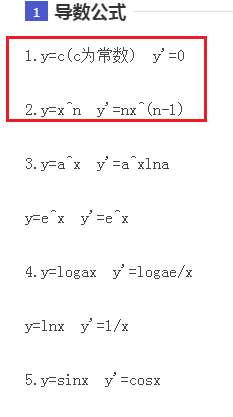NO.PZ2017100901000005
问题如下:
An individual’s demand for onions is given by the following equation:
Qod=3−0.05P0+0.009I−0.16Pt
where Qod is the number of onions demanded, P0 is the price per pound of onions, I is the household income, and Pt is the price per pound of tomatoes. If the price of onions is $1.25, household income is $2,500, and the price of tomatoes is $3.75, the cross-price elasticity of demand for onions with respect to the price of tomatoes is closest to:
选项:
A.–1.0597.
B.–0.0242.
C.–0.0081
解释:
B is correct.
The cross-price elasticity of demand measures the responsiveness of the demand for onions in response to a change in the price of tomatoes. From the demand function equation:
Qod=3−0.05P0+0.009I−0.16Pt
Qod=3-0.05( 1.25 ) +0.009( 2,500 )-0.16( 3.75 ) = 24.8375
At a price of onions of $1.25 and a price of tomatoes of $3.75, the cross-price elasticity of demand is calculated as follows: Cross-price elasticity of demand = (ΔQod /ΔPt ) × ( P t / Qod ) Cross-price elasticity of demand = –0.16 × (3.75/24.8375) = –0.0242
考点:交叉价格弹性
解析:
把题目中给定的各项数据带入需求函数公式中,求解需求量。即
Qod=3−0.05P0+0.009I−0.16Pt
Qod=3-0.05( 1.25 ) +0.009( 2,500 )-0.16( 3.75 ) = 24.8375
接着利用需求交叉弹性公式计算结果,即:( (ΔQod /ΔPt ) × ( P t / Qod ) Cross-price elasticity of demand = –0.16 × (3.75/24.8375) = –0.0242
請問ΔQod /ΔPt爲何等於-0.16?
Qod=3-0.05( 1.25 ) +0.009( 2,500 )-0.16( 3.75 ) = 24.8375
Qod不是應該24.8375嗎?
那結果不應該是:ΔQod /ΔPt=24.8375/3.75(土豆價格)=6.623 ??
能説下ΔQod 與ΔPt的具體計算步驟嗎?謝謝




